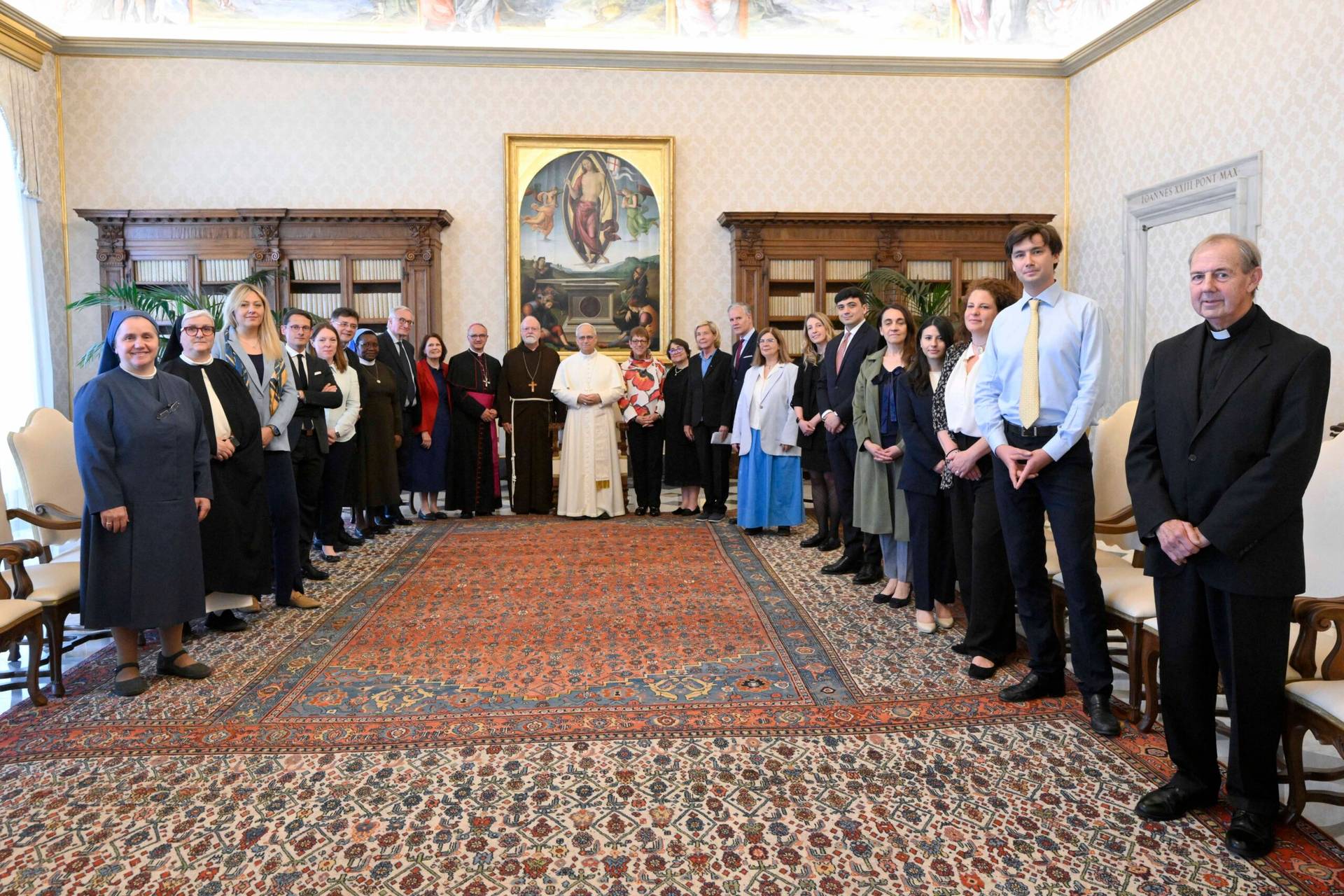SOUTH BEND, Indiana – At the end of March Pope Francis will make a quick overnight trip to Morocco, marking the latest chapter in modern papal outreach to the Islamic world. It’s a story that reaches back at least to 1964, when Paul VI became the first pope to leave Italy in modern times by visiting the Holy Land, starting with Jordan.
While these outings have many aims, these days one primary objective is to promote a greater climate of religious freedom – which, among other things, should make life a bit easier for the pope’s own small flocks in these places.
During his February trip to the United Arab Emirates that featured an interfaith summit, for instance, Francis delivered a mini-manifesto on the topic.
Surrounded by imams, rabbis, Buddhist monks and Hindu leaders, the pope distinguished real religious freedom from mere freedom of worship, saying that “without freedom, we are no longer children [of God] but slaves.”
In a new book, Professor Daniel Philpott of the University of Notre Dame wrestles with the vital question of whether, and how, it’s possible to open up breathing space for religious minorities in the world’s 47 majority Muslim states.
Ultimately, Philpott’s answer is hopeful: Not only are there strands within Islam that lend themselves to an appreciation of religious freedom – what he calls “seeds of freedom” – but a close examination of those 47 states shows that one-quarter already are largely tolerant and pluralistic, especially a belt of states in Western Africa where Islam wasn’t imposed by colonial conquest but rather grew organically as a result of cultural exchange and missionary activity.
While the book is filled with interesting tidbits, one point offers especially useful food for thought for Western readers: Whatever the pathway to religious freedom may be in the Islamic world, it almost certainly doesn’t run through Western-style secularism.
For one thing, as Philpott’s research shows, of those Islamic states today that repress religious freedom, almost half, meaning forty percent, aren’t run by theocrats but by autocratic secular regimes (think Turkey under President Recep Tayyip Erdoğan) which often brutalize dissident Muslims just as much, if not more, than anyone else.
I remember clearly that when Inés San Martín and I were in Egypt three years ago, we met a member of the Muslim Brotherhood in the company of a Coptic Christian friend. Both young men insisted that their problems weren’t with each other, but with the country’s army-dominated regime under President Abdel Fattah el-Sisi.
(To be sure, that’s not a popular position among most leaders of Egypt’s Christian minority, both Orthodox and Catholic, who tend to see el-Sisi as a bulwark against Islamic extremism. However, it is how a significant number of younger Christian activists and thinkers read the situation.)
Historically, as Philpott points out, attempts to impose Western secularism in the Islamic world haven’t been notably successful at reducing sectarian tensions. Consider these examples:
- Atatürk in Turkey, who generated opposition among Islamists and Turkish nationalists alike, among other things spawning the neofascist Grey Wolves who either were or weren’t behind the 1981 assassination attempt against Pope John Paul II depending on which version of Mehmet Ali Ağca’s various accounts one chooses to believe.
- Nasser in Egypt, which produced the Muslim Brotherhood.
- Saddam Hussein in Iraq, which produced the basis for what would eventually become the Islamic State.
- Hafez al-Assad in Syria, which generated its own form of the Muslim Brotherhood and provided recruits for Islamist movements such as al-Qaeda across the region.
- Sukarno and Suharto in Indonesia, which promoted a theoretically pluralistic form of Islam but also extremist groups such as Jamaah Ansharut Daulah and cyclical bouts of terrorist violence.
One could go on multiplying examples, but the point should be clear: In most of the Islamic world, strict secularism isn’t the answer to religious extremism – it’s the cause of it.
Whatever force could cause those “seeds of freedom” cited by Philpott to grow, therefore, it’s unlikely to be the straight adoption (or imposition) of Western concepts such as the separation of church and state. Instead, the mechanics of religious pluralism likely will have to be fleshed out from within the matrix of Islamic states and societies, drawing on their own logic, points of reference, structures and systems.
Granted that fostering religious freedom is something Islamic societies largely have to do for themselves, the question still arises of how the West can help.
While Philpott treats potential contributions of U.S. foreign policy and the United Nations, he doesn’t spend much time on the role of Western religious leaders as interlocutors, above all the pope. It’s arguably a curious omission, since popes can engage Muslim leaders and ordinary citizens alike from within a shared space of religious belief in a way that a UN Secretary General simply can’t.
Perhaps Francis can use his quick trip to Morocco at least to open a conversation about what non-secularist guarantees of religious freedom might look like, and how the Church he leads could help Muslims get there.
Where such a conversation might lead is anyone’s guess – but it is, without question, one that popes are uniquely qualified to convene.
















